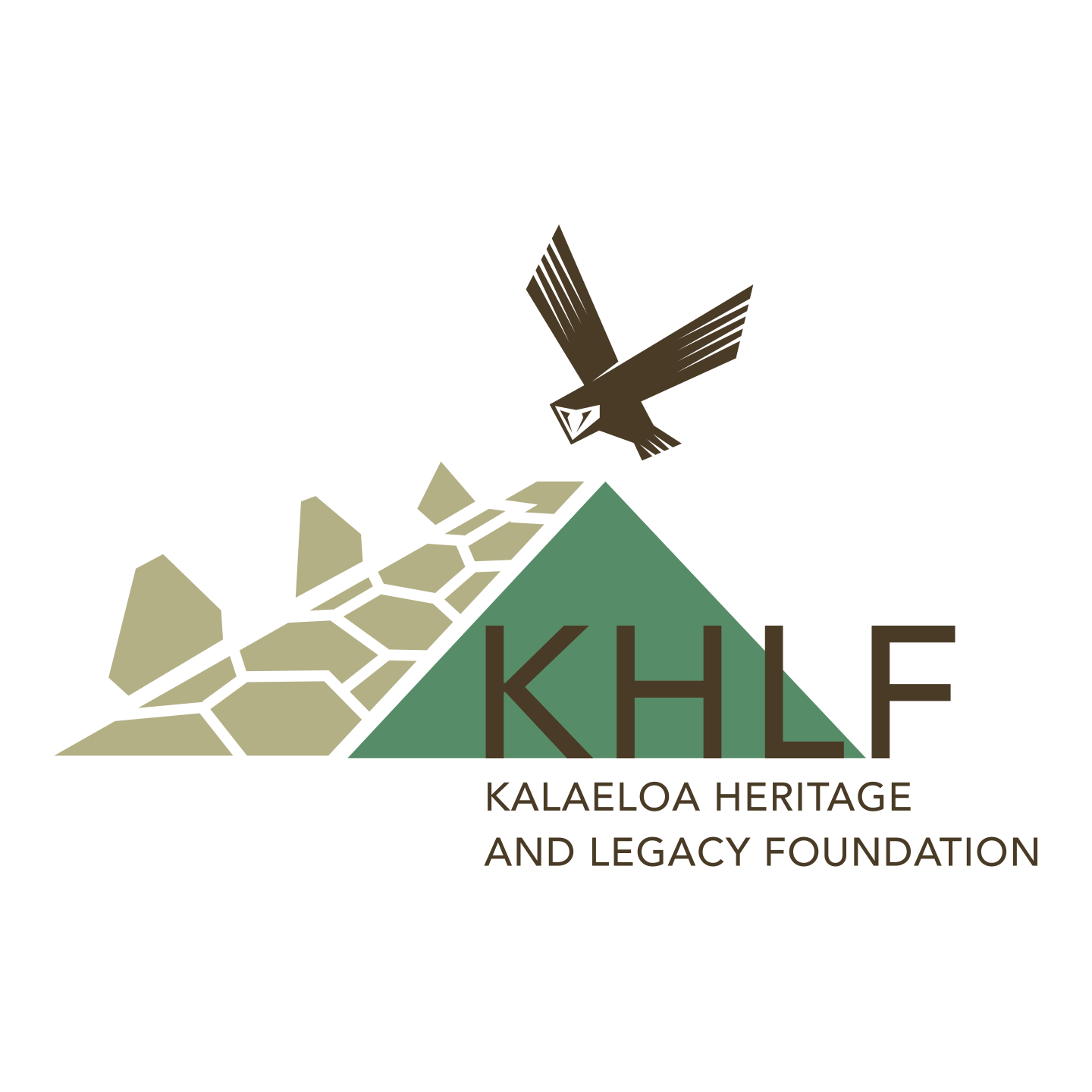Moving STEM Education Forward: Cultivating Culture & Building Community Connections
By Hope Malulani Espinda (CKCA K-12 STEM Resource Teacher)STEM education integrates the study of science, technology, engineering and mathematics (STEM) by using scientific inquiry and engineering design as unifying processes. STEM also emphasizes innovation and the development of problem-solving, critical thinking, and collaboration skills. The 17 Campbell Kapolei Complex Area (CKCA) schools are moving STEM education forward via Project Lead the Way, a national non-profit organization that is the leading provider of STEM programs. PLTW implementation began in most of the CKCA elementary schools last school year, 2014-2015. The 5 secondary schools (ʻEwa Makai Middle, ʻIlima Intermediate, Kapolei Middle, Kapolei High, and Campbell High) started PLTW this school year and will continue to add more courses into the various pathways: Engineering, Biomedical Science and Computer Science. All 17 CKCA schools will be implementing PLTW next school year.The Learning Coalition has provided a grant that will fund collaboration among Pacific American Foundations’ Hawaii Institute of Knowledge and Innovation (HIKI), Project Lead the Way (PLTW), and the CKCA schools. The project will cultivate a culture-based context and inspire innovative practices that meet the evolving needs of students and teachers. The PLTW/HIKI Project will be lead by Herb Lee Jr. (PAF Executive Director), Kapono Ciotti (HIKI Director), Project Director Lynn Fujioka (HI FusionED), and Cheryl Lupenui (The Leader Project). The project will focus on creating resources to supplement the PLTW curriculum so that our 21st century students can connect to the ‘āina and build relationships with the communities and places in which they live as they work on their PLTW activities and projects.I am very excited about the PLTW/HIKI project and look forward to our partnership with Shad Kane. I visited Kalaeloa Heritage Park three times so far and there is always something new to see, to hear and to learn. Look at the image below on the left: what do you see? What story is behind and within those ti leaves? I would have thought that it was just another bunch of ti leaves if I didn’t listen to Shad’s telling of its significance. Look at the image below on the right: What do I see? Thatʻs me with Shad Kane after my first tour of the area on September 16, 2015 ~ words can not adequately describe just how excited and connected I felt or how proud I was to stand amongst the remaining sites of the ancient Hawaiians and to know that I was with someone who knows and is sharing the moʻolelo. I’m looking forward to learning more about Kalaeloa Heritage Park and other historic places in the community that are so rich in culture and full of moʻolelo waiting to be told. Mahalo nui, Shad, for all the work you’re doing to connect us to the past, present and future of Hawaiʻi by preserving the historical sites of Kalaeloa Heritage Park and the moʻolelo of Hawaiʻi.ʻAʻohe pau ka ‘ike i ka hālau ho‘okahi.All knowledge is not learned in just one school.[One can learn from many sources.]Please feel free to contact me at (808) 689-9808 or Hope.Espinda@ck.k12.hi.us if you have any questions about the HIKI/PLTW Project or STEM. Go to HIDOE STEM to learn more about STEM in our public schools in Hawaiʻi.
I’m looking forward to learning more about Kalaeloa Heritage Park and other historic places in the community that are so rich in culture and full of moʻolelo waiting to be told. Mahalo nui, Shad, for all the work you’re doing to connect us to the past, present and future of Hawaiʻi by preserving the historical sites of Kalaeloa Heritage Park and the moʻolelo of Hawaiʻi.ʻAʻohe pau ka ‘ike i ka hālau ho‘okahi.All knowledge is not learned in just one school.[One can learn from many sources.]Please feel free to contact me at (808) 689-9808 or Hope.Espinda@ck.k12.hi.us if you have any questions about the HIKI/PLTW Project or STEM. Go to HIDOE STEM to learn more about STEM in our public schools in Hawaiʻi.
